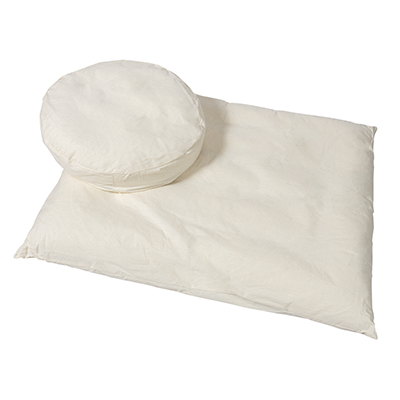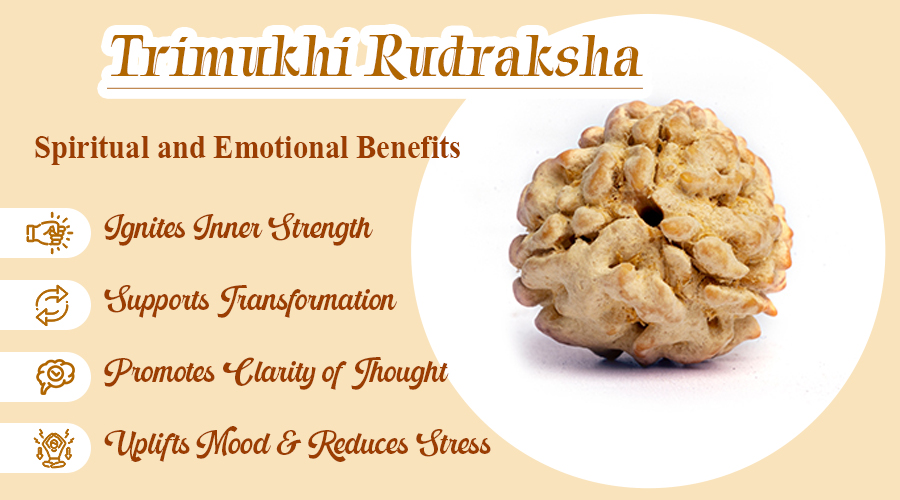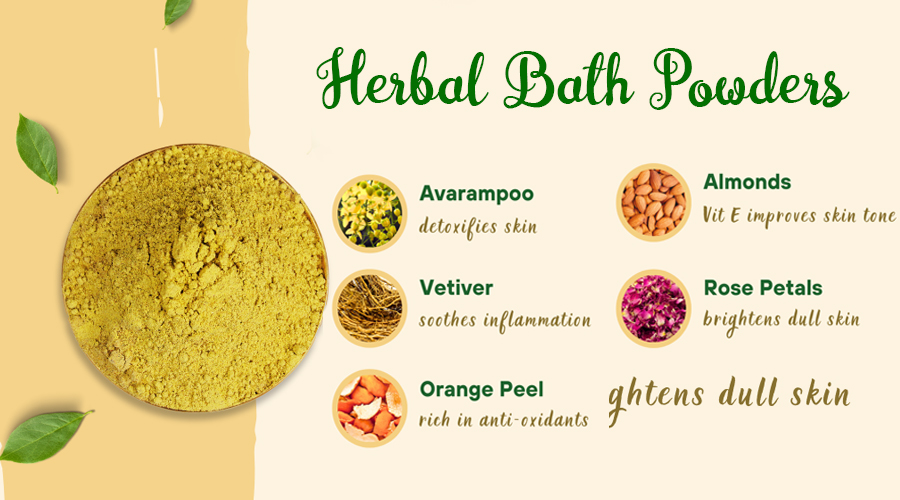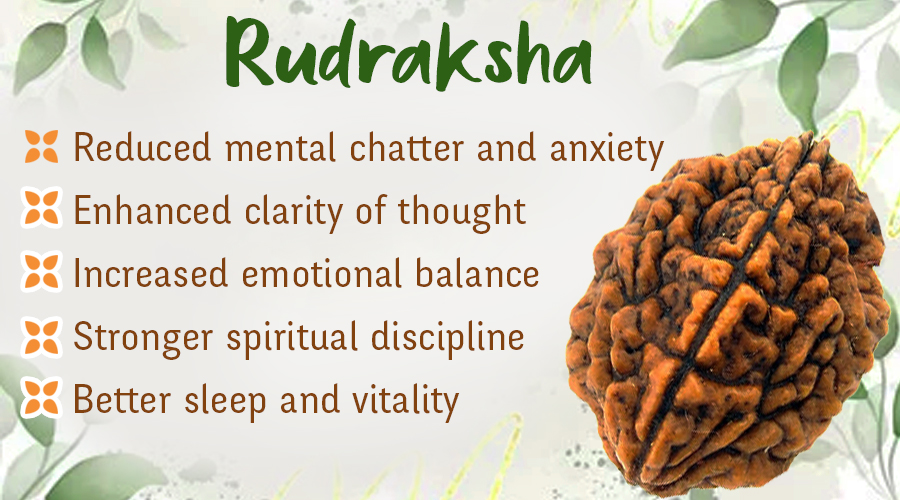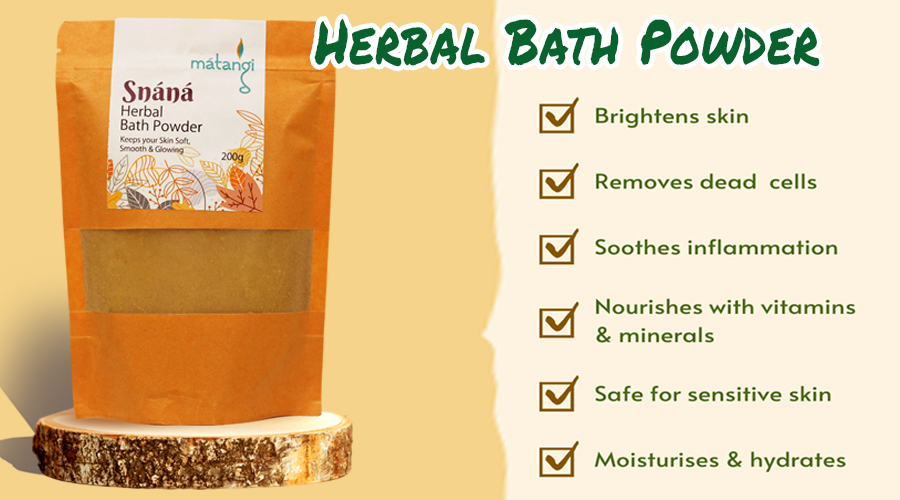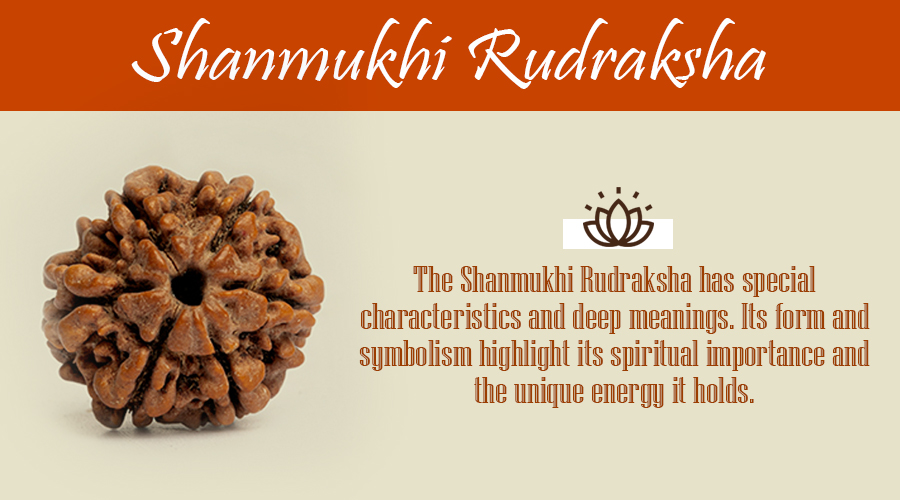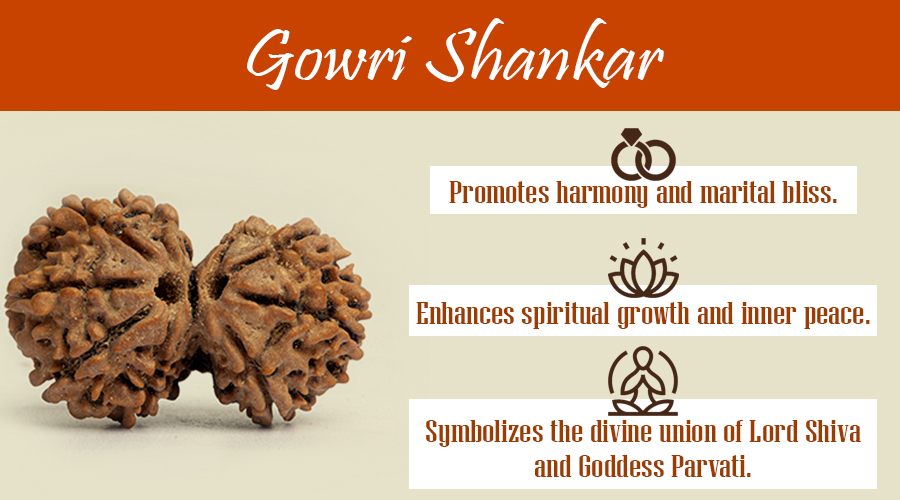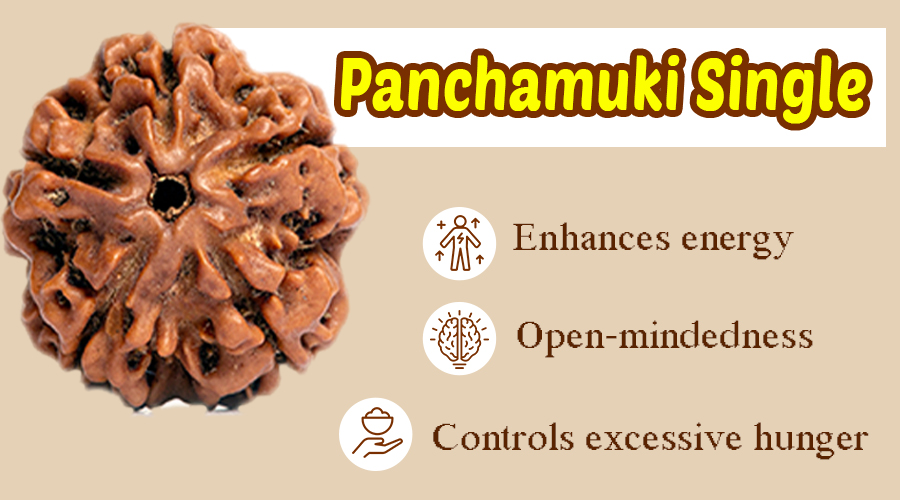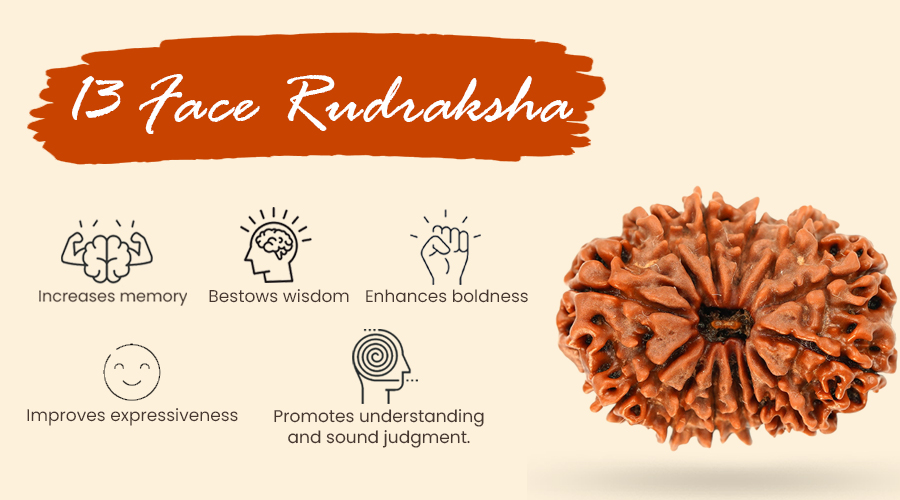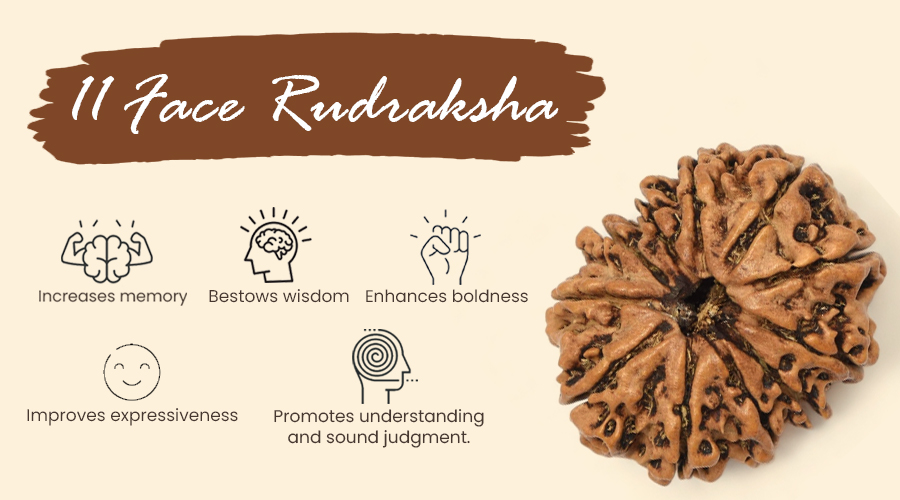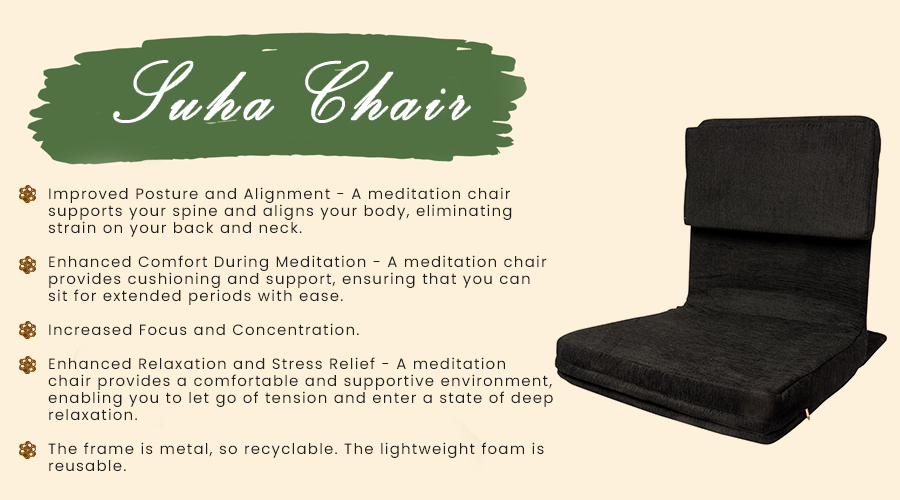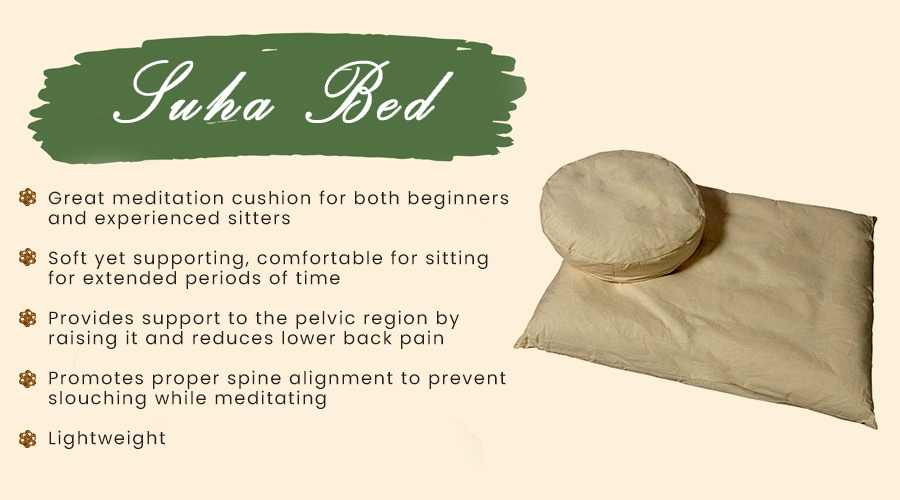
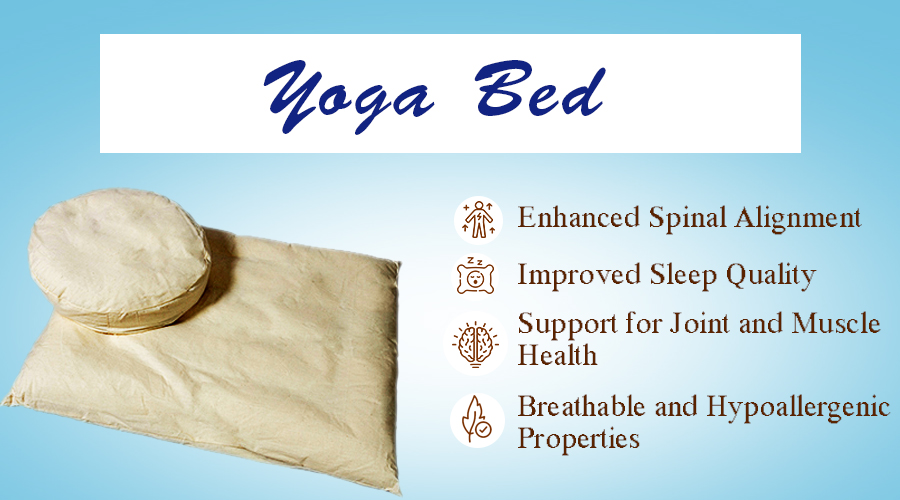
Yoga beds have become a popular choice for people who want a more comfortable and effective way to practice yoga. These beds combine support and cushioning to help users hold poses longer and reduce strain on the body. A yoga bed in 2025 offers improved comfort and alignment, making yoga practice safer and more accessible for all skill levels.
With busy lifestyles and growing awareness of health, many find that a yoga bed fits well into their routines. It can be used at home or in studios, offering flexibility and ease of use. The designs also often focus on sustainability, responding to modern needs while promoting better well-being.
Advances in materials and design make the 2025 yoga bed different from traditional mats. It supports the body better, enhances posture, and helps reduce the risk of injury. Many are choosing yoga beds as a practical tool to deepen their practice without discomfort.
Key Takeaways
- Yoga beds provide better support and comfort for yoga practice.
- They fit well into busy, modern lifestyles.
- New materials and designs focus on durability and health benefits.
What Is a Yoga Bed?
A yoga bed is a specialized mattress designed to support yoga practice and rest. It combines comfort with firm support to improve posture and reduce strain during exercises and sleep. Key features include unique technology, differences from regular mattresses, and carefully chosen materials.
Defining Yoga Bed Technology
Yoga beds use advanced technology to balance softness and support. They often have layers that adjust to body shape, helping maintain proper spinal alignment. Some models include smart sensors that track breathing and heart rate during relaxation or meditation.
The technology may also allow temperature control to keep the surface cool or warm. This helps users stay comfortable during long yoga sessions or rest. These features aim to create an ideal environment for both active and passive yoga practices.
Comparison With Traditional Mattresses
Unlike traditional mattresses, yoga beds prioritize spinal support and body alignment. Regular mattresses often focus mainly on comfort and softness, which can cause poor posture during yoga stretches or resting.
Yoga beds provide firmer zones in key areas like the lower back and hips. This support reduces pressure points and helps maintain proper body positioning. They also tend to be lighter and more breathable than typical mattresses, making them easier to move and use in different yoga settings.
Core Materials and Design Features
Yoga beds use materials that balance firmness and flexibility. Common materials include high-density foam, natural latex, and breathable cotton covers. These materials offer durability while providing enough cushioning to protect joints.
Design features often include modular layers that can be adjusted or removed. Some beds have detachable sections to support different yoga poses properly. The surface is usually non-slip to prevent sliding during movements, ensuring stability and safety for users.
Health Benefits of Using a Yoga Bed
A yoga bed helps the body rest and recover more effectively. It supports proper posture, reduces strain on joints, and promotes better breathing. These benefits lead to healthier muscles, improved sleep, and less discomfort during yoga or rest.
Enhanced Spinal Alignment
A yoga bed is designed to keep the spine in its natural curve. It provides firm yet gentle support. This helps to reduce pressure on vertebrae and discs.
By maintaining proper spinal alignment, it can ease back pain or stiffness. Regular use may prevent chronic posture problems. It encourages the body to stay in a healthy position during rest and yoga poses.
Improved Sleep Quality
The right support from a yoga bed can lead to deeper sleep. It helps relax muscles and prevents tossing or turning. This reduces sleep interruptions.
People using yoga beds often report falling asleep faster and waking less during the night. The comfort it provides can improve overall sleep duration and quality.
Support for Joint and Muscle Health
A yoga bed cushions key joints like hips, knees, and shoulders. This limits strain during stretches and relaxation. It also helps muscles recover after exercise.
By reducing joint pressure, it lowers the risk of inflammation or injury. It gives muscles a soft surface that promotes ease of movement without pain.
Breathable and Hypoallergenic Properties
Many yoga beds are made with breathable materials. This improves airflow and keeps the surface cool. It prevents excessive sweating and discomfort.
Hypoallergenic fabrics reduce the chance of allergic reactions. This is important for sensitive skin or allergies. Cleaner air flow and material can improve overall hygiene and comfort.
Yoga Bed for Modern Lifestyles
The yoga bed fits well with busy daily routines. It helps users manage stress, saves space in small homes, and works with other smart devices for convenience.
Stress Reduction and Mindfulness
The yoga bed supports deep relaxation by combining comfort with posture alignment. Its design encourages better breathing and body awareness, which are key for lowering stress.
Users find that spending time on the yoga bed helps calm the mind. It allows for easy meditation, which builds focus and mindfulness over time.
Adjustable features like cushioning and firmness make it easier to hold poses longer without discomfort. This helps reduce muscle tension and promotes mental calmness.
Space-Saving and Portability Advantages
Yoga beds are made with compact and lightweight materials. They fold or roll up easily, making them ideal for small apartments or homes with limited room.
Some models include built-in storage compartments for yoga accessories. This reduces clutter and keeps the practice area organized.
The portability of a yoga bed lets users practice yoga anywhere—indoors or outdoors. This helps maintain a regular routine despite changes in schedule or location.
Sustainability and Innovation in Yoga Beds
Yoga beds today focus on materials that reduce harm to the planet. They are built to last with strong designs that prevent frequent replacement. New technology also improves comfort and user experience.
Eco-Friendly Materials Used
Yoga beds now use natural fibers like organic cotton, bamboo, and hemp. These materials require less water and no harmful pesticides. Some beds include recycled foam or natural latex, which reduce waste.
Manufacturers avoid plastics and synthetic chemicals. Instead, they use water-based glues and dyes that are safer for the environment. Certification labels like GOTS (Global Organic Textile Standard) ensure the products meet strict eco rules.
This shift helps reduce pollution and supports sustainable farming.
Longevity and Durability
Strong build quality is a key feature of modern yoga beds. They use high-density foams or layered natural latex that resist sagging. Durable covers made from thick fabric also protect the bed over time.
The stitching and binding are reinforced to handle regular use and washing. Buyers get longer use out of each bed, which lowers the frequency of replacements and waste.
This focus on longevity means customers invest in products that perform well for years.
Technological Advances in 2025
New technology enhances yoga beds with features like temperature regulation and pressure relief. Some beds have gel-infused foam or airflow channels that keep the surface cool.
Smart sensors monitor posture and suggest adjustments during practice through connected apps. These tools help improve technique and prevent injury.
There are even foldable or modular beds for easier storage and transport, supporting flexible lifestyles without sacrificing comfort or support.
Choosing the Right Yoga Bed in 2025
Finding the right yoga bed means looking closely at specific features that affect comfort, support, and durability. People need to focus on materials, size, and usability to get the best experience.
Key Features to Consider
The material is very important. Beds made with high-density foam or memory foam offer good support and reduce pressure on joints during yoga practice. Natural fabrics like cotton or bamboo covers improve breathability and feel better on the skin.
Size matters as well. A wider and longer bed allows more space for stretching and easy movement. Standard dimensions range from 72 to 84 inches in length and 24 to 30 inches in width.
Other factors include weight and portability. Lightweight beds with foldable designs or carrying handles make it easier to store and move the bed between sessions or locations.
You can get a Yoga Bed for an affordable price with Matangi Petals.
Copyright © 2024. All right reserved Matangi Petals.



